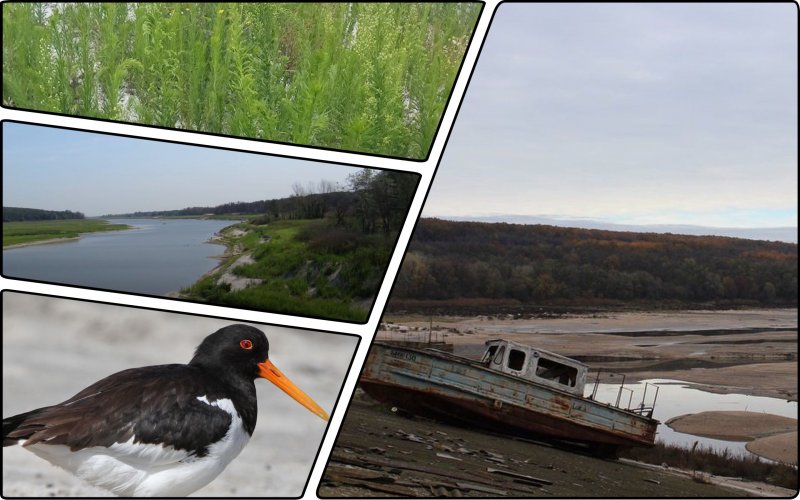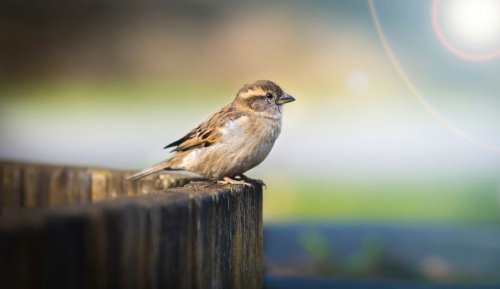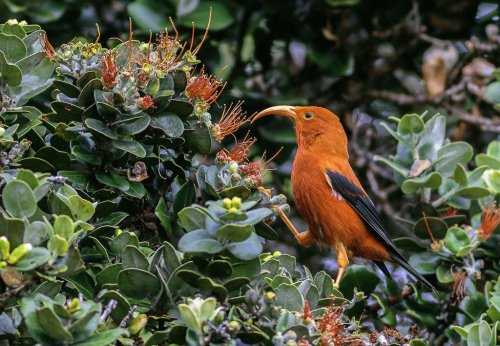In Kharkiv region a year and a half later after the almost complete shallowing of the Oskil reservoir, the dam of which was blown up by the occupiers, natural landscapes began to recover, which is likely to happen on the territory of the shallowed Kakhovsky reservoir.
The Oskil River has returned to the natural river and red-listed birds in its valley, reports the public organization "Ukrainian Environmental Protection Group" on Facebook.
Eco-activists said that a current appeared in Oskol, and numerous small lakes, factories, and channels formed in its floodplain. On sandy and muddy shoals, near the dam, for the first time in a long time, a magpie wader was recorded, which is listed in the Red Book of Ukraine.
They added that botanists discovered 63 species of vascular plants on the former bottom of the reservoir. Most of them are local species, but there are also foreign species.
"The tributaries of Oskol, which were partially supported by the reservoir, have also restored their channels and hydrological regime, which will significantly improve water quality, oxygen saturation, flow and water exchange," the report says.
Eco-activists noted that the natural fish life in the river has also begun to recover. In particular, rheophilic species (those that live in fast currents) and fish that live in shoals, bays, and shoals.
They added that the population of fish stocked for economic purposes has also significantly decreased. However, the state of the fish world requires additional research.
"We can state the gradual restoration of the system of landscapes that are natural for the Oskil River," the UPG emphasized.
Eco-activists assumed that a similar situation will occur with the restoration of the Kakhov reservoir.
Earlier, EcoPolitic wrote, that in November 2022 in the Kharkiv region, the Oskil reservoir was on the verge of an ecological disaster, because the water level dropped 6 times.
As EcoPolitic previously reported, at the beginning of July at the bottom of the Kakhovsky Reservoir the first sprouts of plants, which are still too small to identify them, appeared.





